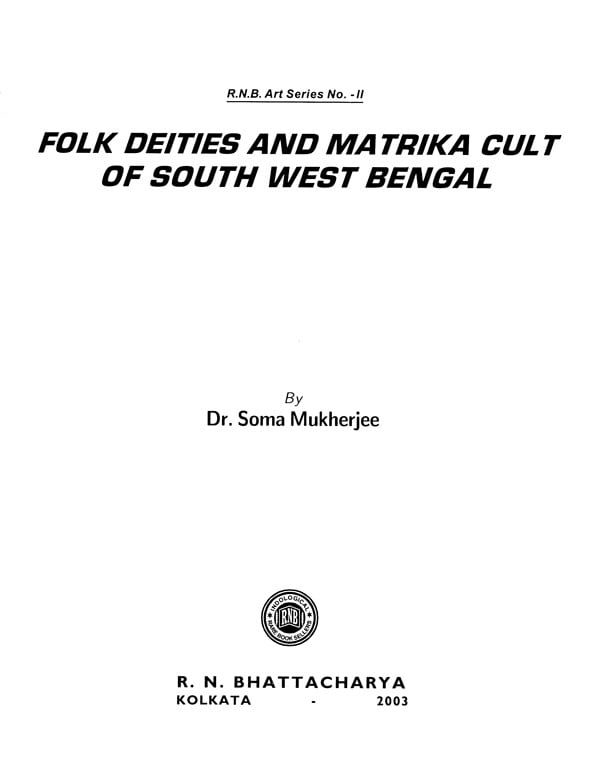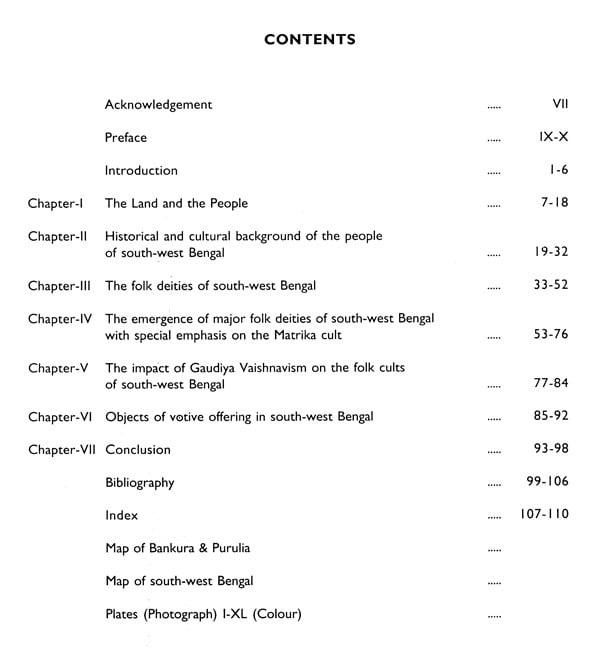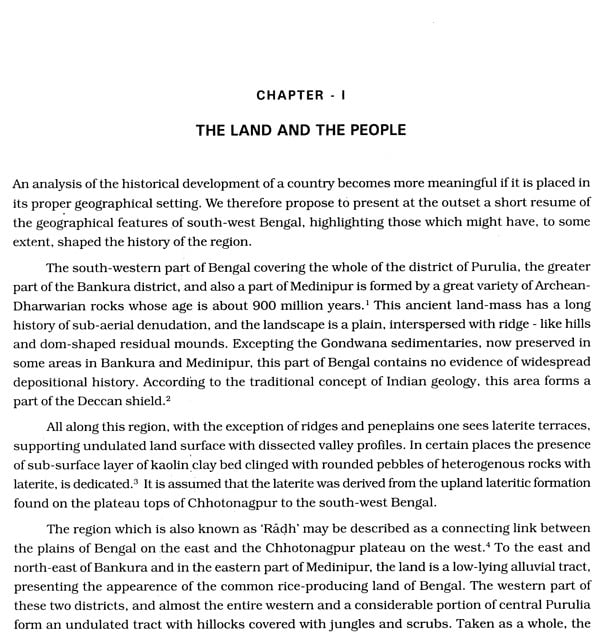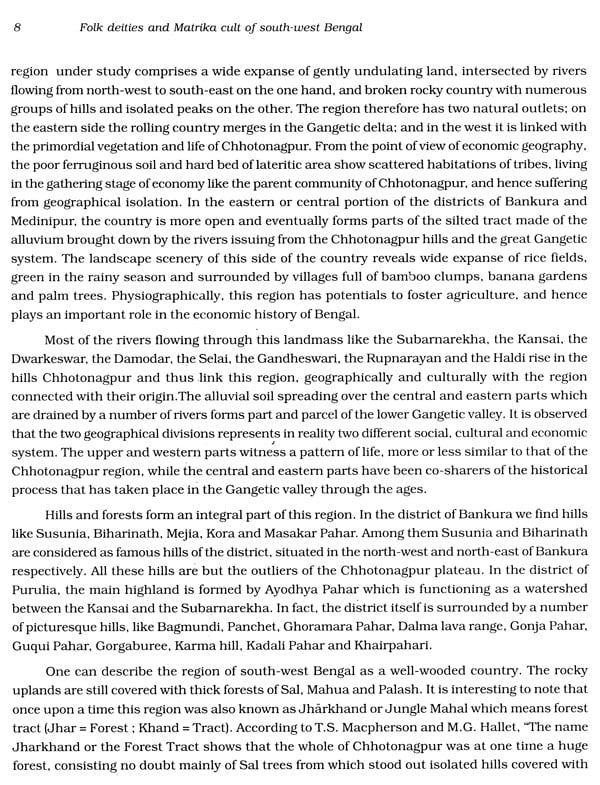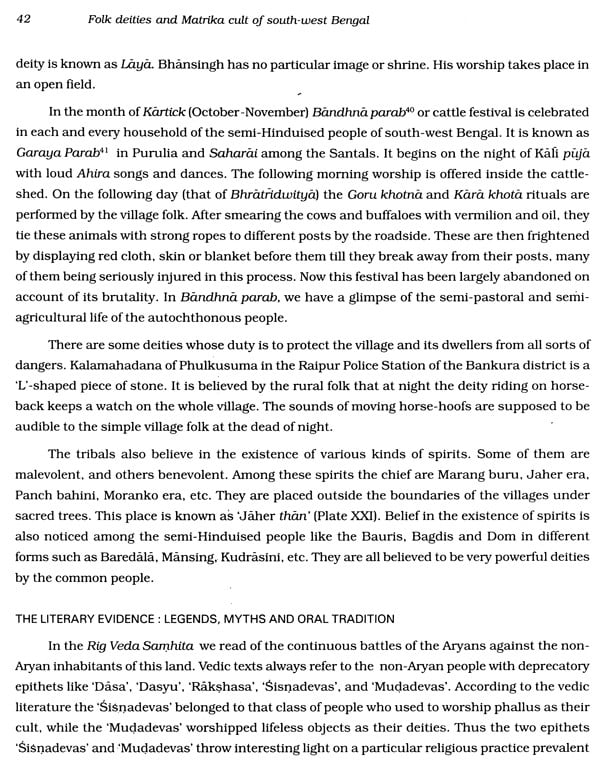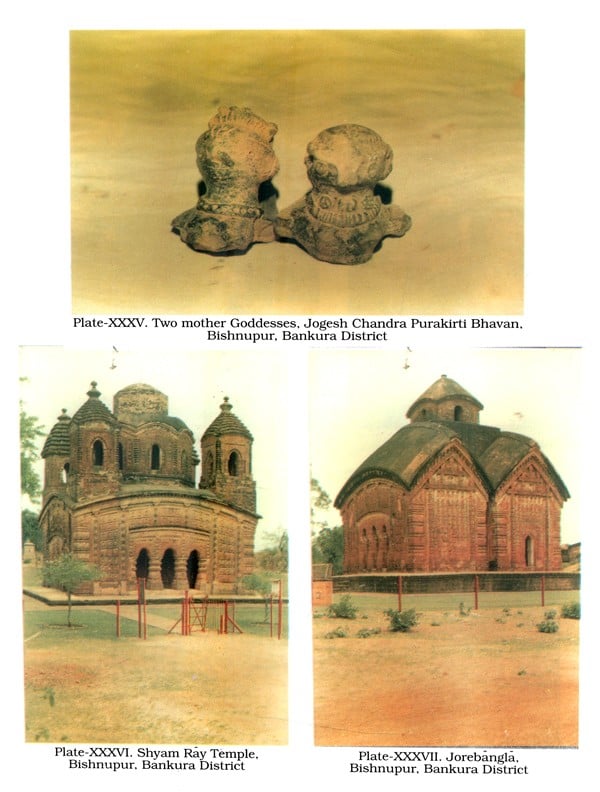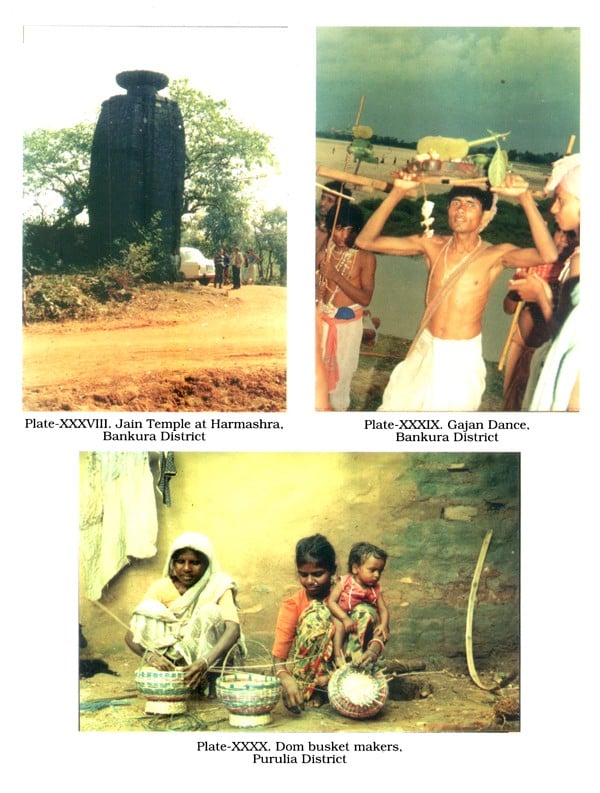About the Book The present book is a revised version of Dr. Mukherjee's Ph.D dissertation. In this work she has close look at folk deities of South West Bengal, particularly manifestation of the Mother Goddess. She has taken the two districts of South West Bengal, Bankura and Purulia for special attention This work is the result of a considerable amount of field work it also reviews the existing literature on the subject. The result is the openning up of a fresh area of study and research.
About the Author Dr. Soma Mukherjee did her Masters in Ancient Indian History and culture from Calcutta University and her Ph.D from Jadavpur University. She is employed as a Programme cum Documentation Assistant in the Folk and Tribal Cultural Centre, Kolkata, which is under the Deptt. of Information and cultural Affairs, Government of West Bengal. Dr. Mukherjee has writen several articles in the area of folkdore and Ancient Indian Art history. She is at the moment engaged with Prof. Malini Bhattacharya In a major research project on the wedding songs of Bengal. She has completed one project on the Evolution of Mother Images in the Folk Art of South West Bengal for the Centre for Archaeological studies and Training East India and is now engaged in another on the folk ornaments of Bengal.
Preface There can hardly be found any University in West Bengal when Folklore is not being taught atleast partially The Dept of Folklore was established in 1990 in Kalyani University and it started functioning as a fully fledged department since 15th of January, 1990. But the University of Calcutta started teaching Folklore as a special paper at the post graduate level in the Deptt. of Bengal under the table leadership of Late Prof Asutosh Bhattacharya since 1962 After that, Rabindra Bharati University admitted the Post Graduate students of the Bengali language and literature to study Folklore as one of the special papers. Now Jadavpur University, Burdwan University have also included Folklore in their course and curriculum. Various books are being published on different aspects of Folklore. Journals exclusively on Folklore and also being published regularly. A quite significant number of scholars have already been awarded Ph. D by various Universities for their work on varied items of Folklore. We must not forget that Rabindranath played a very vital role to arrest our attention to the study of Folklore. But that does not mean that before Rabindranath Folklore was not studied in our region. In 1812. William Carry wrote: "Itihasmha', a collection of stories which included Rupakatha, Pashukatha. In 1832, Willam Morton wrote "Dristanta Bakya Samgrah, a collection of Bengali proverbs. The first book was written for the students of the Fort William College. The second one was written not for the people of Bengal. but for these foreigners who would come here to aptise the Bengali natives. H. H. Risley published his remarkable book Tribes and castes of Bengal' in 1891. This was done for the administrative interest of the then East India Company.
Gurudev Rabindranath came forward to propagate the study of folklore while the country was passing through a critical juncture. Freedom movement against the British Govt. had already started. The Congress gave stress on the conscience of the Britishers to liberate the country The Congressmen either appealed to the British to consider sympathetically so that India might be free. They had submitted only proposals. Afterwards they started non co-operation movement. While the extremists belonging to the Anusilan or Jugantar Party believed in the revolution against the British rule, they firmly believed that India could not be made free unless the Britishers were compelled to leave our motherland. They started killing the high officials of the British govt. Rabindranath could not support these two. He proposed quite a new way to show patriotism that was to collect the folkloric materials. And for doing this the enthusiastic people would not be rewarded he reminded, only they would receive the blessing of the mother country and they should remain satisfied.
Introduction Bengal is a rich store-house of livining folk culture. Study of the folk culture of Bengal, aiming at discovering the traditional life of the people, was started in the early nineteenth century. The basis of such a study was the urge for revaluation of history and aesthetics for uncovering India's past glory. A large number of scholars came into the field, of whom the most important were Dinesh Chandra Sen, Benoy Kumar Sarkar, Nihar Ranjan Ray, Asutosh Bhattacharya and Benoy Ghosh. The liberation of the country marked the beginning of a new, qualitatively different epoch in the methodology of the study of history. Instead of being too much involved with the history of the kings and the royalty, a section of historians now try to bring into focus the fundamental characteristics of rural society, and thus two traditions, namely, the classical tradition and the folk tradition, have been well defined. As a matter of fact, Interaction between these two traditions intiated a distinct of culture growth in our country. A look into history of Bengal would show how the great tradition is in constant and conspicious interaction with the life of the local communities. This is most vividly shown in the festivals, rituals, popular beliefs and day-to-day behavioral patterns of the Bengal people. The recent writings of Ranjit Guha and a few other scholars contributing to the subaltern studies contain elaborate discussions on various aspects of the Indian folk and peasant society at culture. The process of such interactions is very active in the fringe area, where the core culture is rooted in its autochthonous life.
In the south western part of Bengal, known as Radh region, that is the hard red-soiled tract, spreading over the present-day districts of Bankura and Purulia, autochthonous elements constitute the basic culture. Though the people of this region have constant Interactions with modern civilisation by means of multiple links, their socio-economic and cultural life are based upon their autochthonous heritage.
**Contents and Sample Pages**
